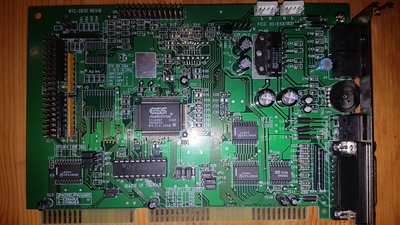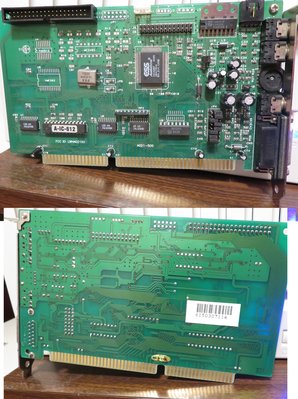Ahhh, yes, that looks like the jumper sheet for it. I had no idea what brand it was, which made it hard to hunt down. It says J6 is the "pc speaker in" header. Not having the datasheet, I had assumed J2 was to disable the onboard amplifier, so I had jumpered it. Of course it didn't work, but I hope shorting J2 didn't ruin the card's input.
Interesting that there isn't an IDE enable/disable feature with jumpers. I'm guessing this is only set via software then? I have this BTC branded ES1868 card I couldn't get working, but by default Windows 98SE finds the standard IDE port on the BTC card. Windows did not find an IDE port on the Labway ES1688 card. Is this the expected behaviour?
Badmojo, how do you rate the sound quality on the ES1688 compared to the ES1868? From what I understand, the ES1868 is mostly a more integrated chip, which less external components, so possibly would sound cleaner?
Plan your life wisely, you'll be dead before you know it.





